Full Guide To Garnet vs. Ruby (This Is The Difference)

Garnets and rubies can be difficult to distinguish for the untrained eye. Both stones can have a deep red color, making it easy to confuse the two. In this article, you’ll find all the information on how to determine which gemstone you have, as well as the metaphysical properties so that you can work with it effectively.
In general, rubies are deep red and can have inclusions. Garnets can be several colors and should be entirely clear. Rubies are harder than garnets and are worth more. Each has different associated zodiac signs, chakras, elements, and ruling planets.
If you want to know more about how to tell the two apart and the different metaphysical properties, continue reading!
Want more help or information? If you have any more questions after reading this blog post or want a personal answer for your specific situation, join the free Facebook group! We promise you’ll get an answer from either our team members or a community member.
Garnet vs. Ruby – How To Tell The Difference
We can tell the difference between one gem to another by comparing them on parameters like color, pattern, properties, and use. Color is the most commonly used parameter to distinguish gemstones.
Color
Both gemstones have a beautiful reddish hue, so what sets them apart?
The most valued and sought-after rubies have a deep red color and are called “Pigeon Blood” rubies. However, there is also a purplish variety of rubies.
Garnet also comes in a variety of colors besides the red type. There are 5 main types of garnet: pyrope, almandine, grossular, andradite, and spessartine. However, the rarest are tsavorites and demantoids, green in color, which could easily be confused for emeralds.
At a glance, garnets will contain earthy tones like browns and orange, while rubies are vivid red with bluish or purplish hues. Red garnets are generally pale compared to rubies.


Unfortunately, an untrained eye may not be able to tell apart the pyrope garnet and red ruby. Therefore the best thing to do is visit a credible jeweler to expertly determine whether the stone is a dupe and tell either apart. It is very common for a person pays the price of a ruby only to purchase a garnet, especially for inexperienced buyers and collectors.
Pattern and Clarity
A garnet’s clarity depends primarily on its variety. Garnets are naturally clean, transparent stones. In general, the red variety does not contain any flaws and inclusions visible in its composition. The orange garnet variety may have inclusions. However, this will depreciate its value; imperfections on this gemstone are not tolerated.
On the other hand, rubies have visible inclusions that are acceptable as part of their character. These flaws can be a sought-after feature on rare occasions, especially when the inclusions create a star effect called asterism. Inclusions are often a sign of a stone’s originality.

If you’re trying to determine if you have a garnet or ruby, hold the gemstone against a bright light source and examine the spectrum it creates as the stone is moved around. Garnets will generate a spectrum with green and yellow bands, while rubies reflect red and blue bands.
Natural or Synthetic
Currently, most rubies in the market are lab-grown. The rubies are heat-treated to give an intense red-colored tint that is desirable. This isn’t uncommon for gemstones; most are heat-treated to enhance their appearance. However, garnets do not respond to these types of treatments. As a result, the majority of garnets are 100% natural. Especially garnets used in jewelry will be natural. Synthetic garnets are used for industrial purposes.
Hardness
Ruby is a harder stone compared to garnet. Ruby ranks nine on the Mohs scale, just a rank below diamonds. Garnets rank 6.5 -7.5 on the scale, meaning it is a softer stone and more susceptible to scratches and damage, especially if you want to wear them every day. This does not mean that garnets aren’t a good option. As a general guideline, any stone with a hardness of at least 7 should be fine for everyday wear. However, if this piece of jewelry is important to you, an engagement or wedding ring for example, you might want to go for something a little harder.
Care
To preserve the beauty and boost the longevity of a gem, care should be taken while handling the stones. Cleaning, cleansing, and charging from the stones is one of the maintenance practices applied to rubies and garnets.
Generally, to clean and care for the stones, the following is recommended:
- Use warm soapy water and avoid harsh detergents when cleaning these gemstones.
- Do not use steam cleaners; these can cause fractures and loosen the stone from the setting.
- Store crystals separately in padded containers to ensure they do not scratch.
- Visit a credible jeweler every 6 months to one year for a checkup.
If you’re looking to energetically cleanse your ruby or garnet, it is recommended to use sound, smoke cleanse or meditate with the stone.
Although the most common methods of cleansing gemstones and crystals are to soak them in water or to leave them in salt, this is not recommended for stones that hold (sentimental)value.
Both ruby and garnet are durable enough to withstand salt and water, but both will cause a stone to turn dull and brittle over time.
If you are looking to charge your stones, the safest way is to leave them in the moonlight on a full moon night or the day before/after. This is when the moon is at her strongest. Placing the stone outside is best, but you can leave the stone behind a window if you are worried about this. This will also do the trick.

Location
Pyrope Garnets are found in Brazil, Sri Lanka, India, and Thailand.
The Almandine variety is mainly found in Madagascar. Additionally, spessartine garnets are also found in Madagascar, but there are also deposits in China, Brazil, and Kenya.
Grossular garnets are found worldwide, but Kenya and Tanzania produce the most. Lastly, Andradite garnets are found in Italy, Ukraine, Russia, Iran, and some parts of the US.
The world’s most known source of rubies is Myanmar, a country in Southeast Asia, and the rubies from this area are the rarest and most expensive. Ruby deposits are also found in Nepal, Taiwan, Brazil, Colombia, India, and Thailand.
Market Value
Garnets are a budget-friendly alternative to rubies, as they sell for under $3000 per carat. Rubies are king and among the most expensive precious stones because of their beauty and the mystical powers they hold. Good quality rubies sell for at least $10000-$15000 per carat and are extremely rare.
Garnets vs. Ruby – Metaphysical Properties
Both ruby and garnets have metaphysical properties, meaning you can spiritually benefit from working with these stones. Garnets are linked to prosperity, safety, strength, abundance, service, and gratitude to others. They are believed to be closely connected to self-empowerment and higher thinking.
Rubies are very protective gemstones. Possession of this stone repels and shields from psychic attacks, protects family possessions and home, and gives more profound wisdom on spirituality. Ruby is also closely linked to creativity, loyalty, and compassion, and it helps to connect you to your true self.
Additionally, rubies are traditionally gifted to celebrate the 40th anniversary of marriage as a sign of devotion and passion. Garnets, on the other hand, are appropriate for second marriage anniversaries, and they can also be gifted to show trust and friendship.
Elements
Many cultures have developed the idea of elements to explain nature. In the west, this notion was created by the ancient Greeks and consisted of 5 elements: Earth, Air, Fire, and Earth. The Indian equivalent adds another element: Akasha, representing the foundation of the other elements.
The 4 elements represent the following:
- Earth for personal growth, stability, and security
- Water for love, friendships, and emotions
- Air for intellect, wisdom, and communication
- Fire for energy, passion, and action
By looking at a crystal’s or gemstone’s properties, we can determine which element fits best. Both garnet and ruby are associated with the fire element, as they can ignite a person’s passion and willingness to take action.
Chakra
Chakras are the energy points and centers of spiritual power in a human’s body. Seven major chakras run from the top of the head to the body’s base.
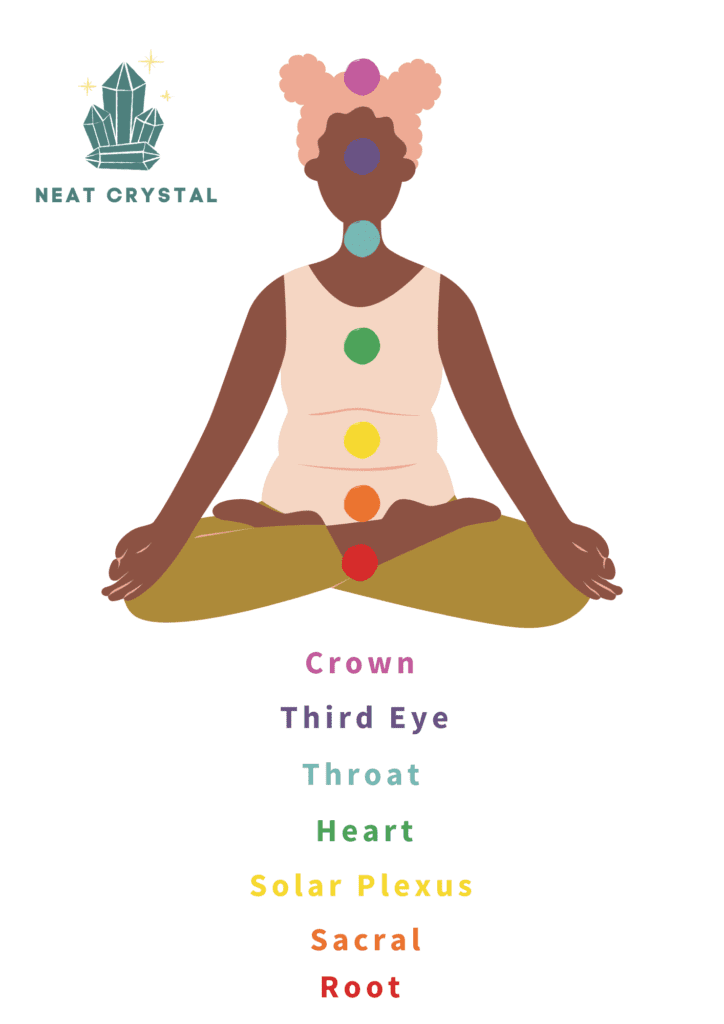
- The crown chakra (Sahasrara). This chakra is symbolic of the connection to the divine, transformation, and clarity. The stone colors used for this chakra are clear, white, and indigo.
- The third eye chakra (Ajna). This chakra symbolizes the invisible eye, our intuition, perception, and overall awareness. Violet gemstones often represent the chakra.
- The throat chakra (Vishuddha). This chakra is responsible for communication, self-expression, and trust. The stone that represents this chakra is blue.
- The heart chakra (Anahata) is the bridge between the lower and upper chakras. The heart chakra encourages love and compassion for ourselves and others. Pink or green stones are used to represent this chakra.
- The solar plexus (Manipura). This chakra is associated with self-esteem, identity, and authenticity. Yellow stones are used to represent this chakra.
- The sacral chakra (Svadihsthana). This chakra is believed to be closely linked to sensuality and creativity and is represented by the orange color.
- The root chakra (Muladhara). This chakra is responsible for how we run our daily lives and accomplish our goals. The chakra is believed to provide energy to the rest of the chakras. Red or black stones are used to represent this chakra.
Depending on the color of your garnet, they might be associated with the sacral, solar plexus, and heart chakras. Rubies are also well known for unlocking the root chakra, helping you to create control and balance, but can also be associated with the heart chakra.
If you’re wanting to use these crystals to meditate, following a guided mediation might be beneficial. Especially if this is your first time. Below you’ll find a guided meditation that might be helpful.
Ruling Planets
Crystals and planets are closely connected in astrology. Each planet has a different energy, and so does every crystal. As a result, we can link crystals and planets with similar energies.
Whereas garnet is associated with Saturn, the planet of hard work and determination, ruby is connected to the Sun, the “planet” of ego, passion, and action. As a result, working with garnet is likely to motivate you to finish work and achieve your goals, while ruby helps you find your passion and joy in life.
Zodiac Signs
We can determine which zodiac sign matches with a crystal by looking at the ruling planet and birthstone. When we say a planet rules a sign, we mean that this planet has more power over a sign compared to other planets. Every sign has a ruler, and every crystal or gemstone is associated with a planet.
Garnet is associated with Saturn, which rules Capricorn, and Ruby is connected to the Sun, the ruler of Leo. Consequently, working with their respective stones will help these signs to harness the best qualities of their sign.

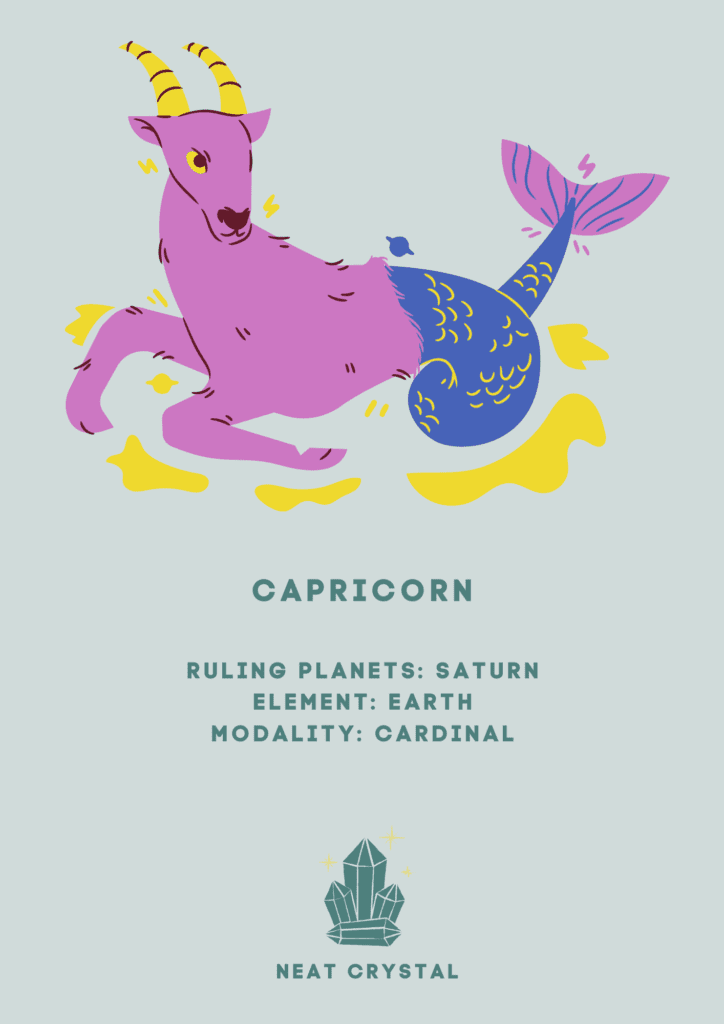
In terms of birthstones, there are 4 most common lists: mystical, ayurvedic, traditional, and modern. The first originates in Tibet, whereas the ayurvedic birthstones come from India. Traditional and modern birthstones are used in the US and Europe. For all these lists, ruby is the birthstone of July, and therefore, it is the stone for Cancer’s and Leo’s born in that month.
Garnets are birthstones associated with January for the modern, traditional and ayurvedic lists. As a result, these stones are connected to Capricorns and Aquarius, born that month.


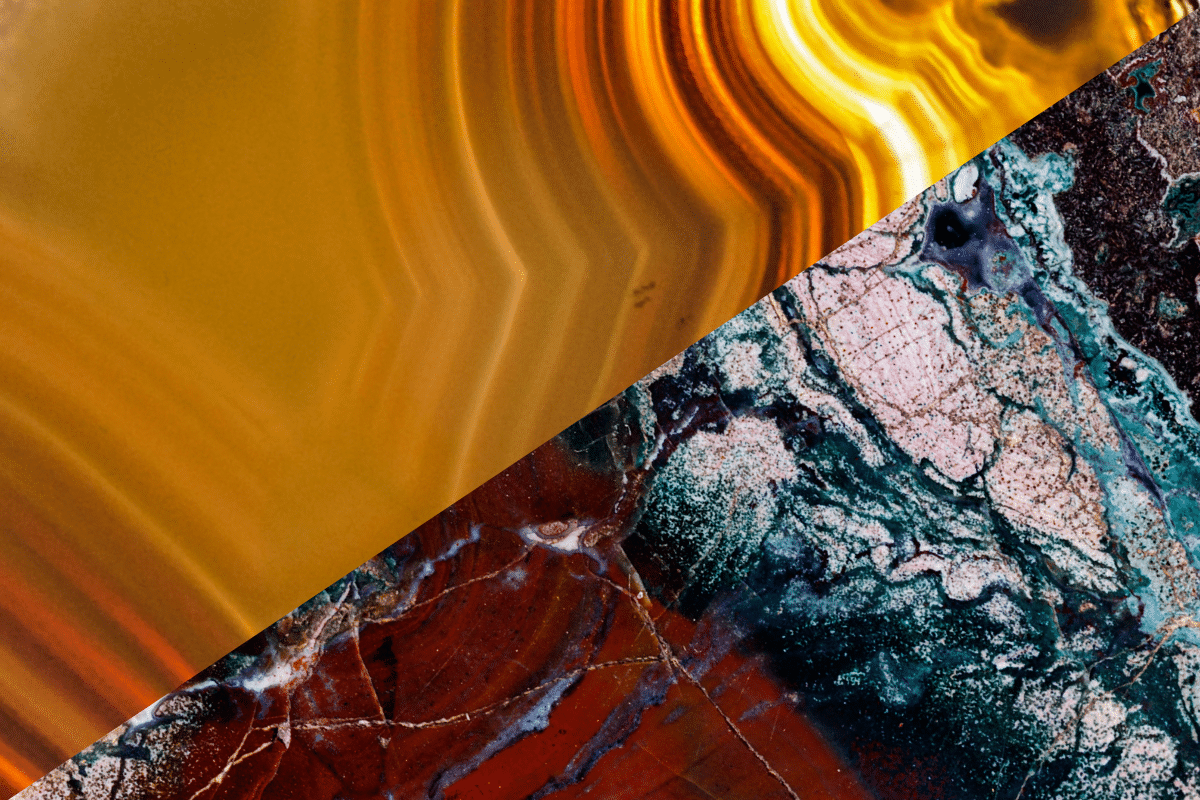
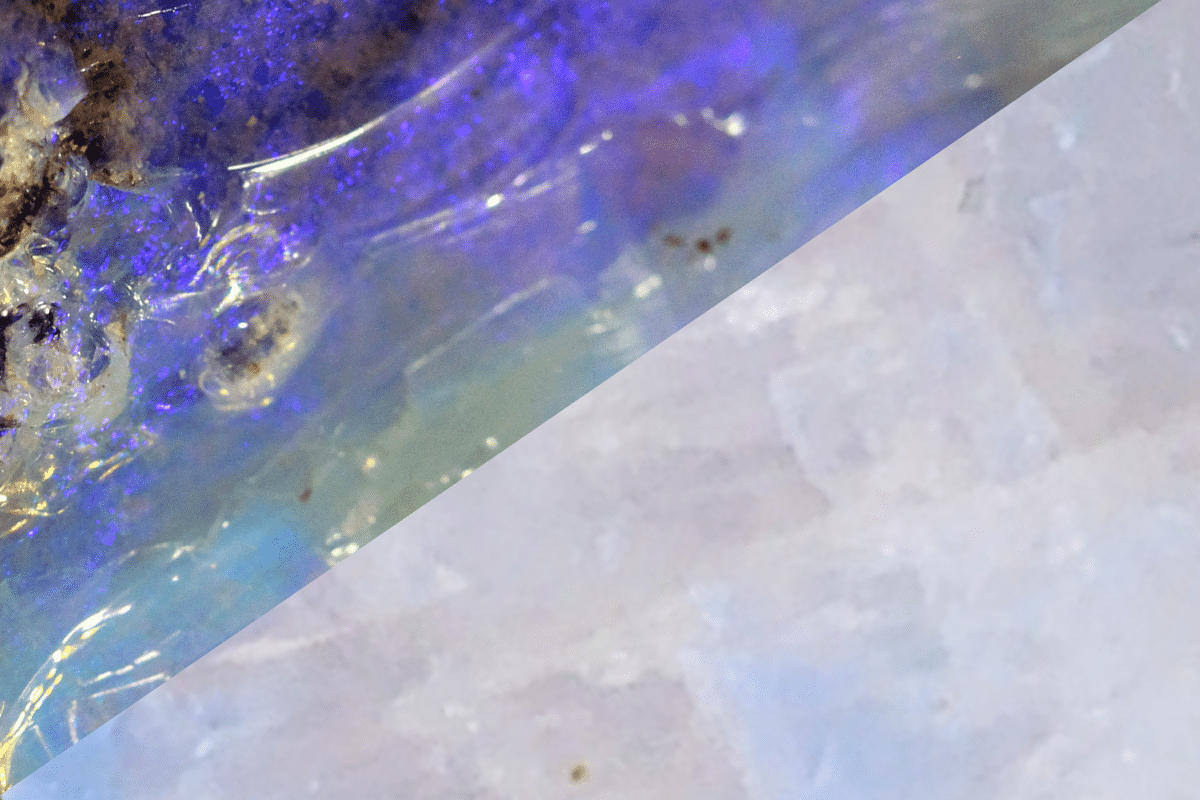
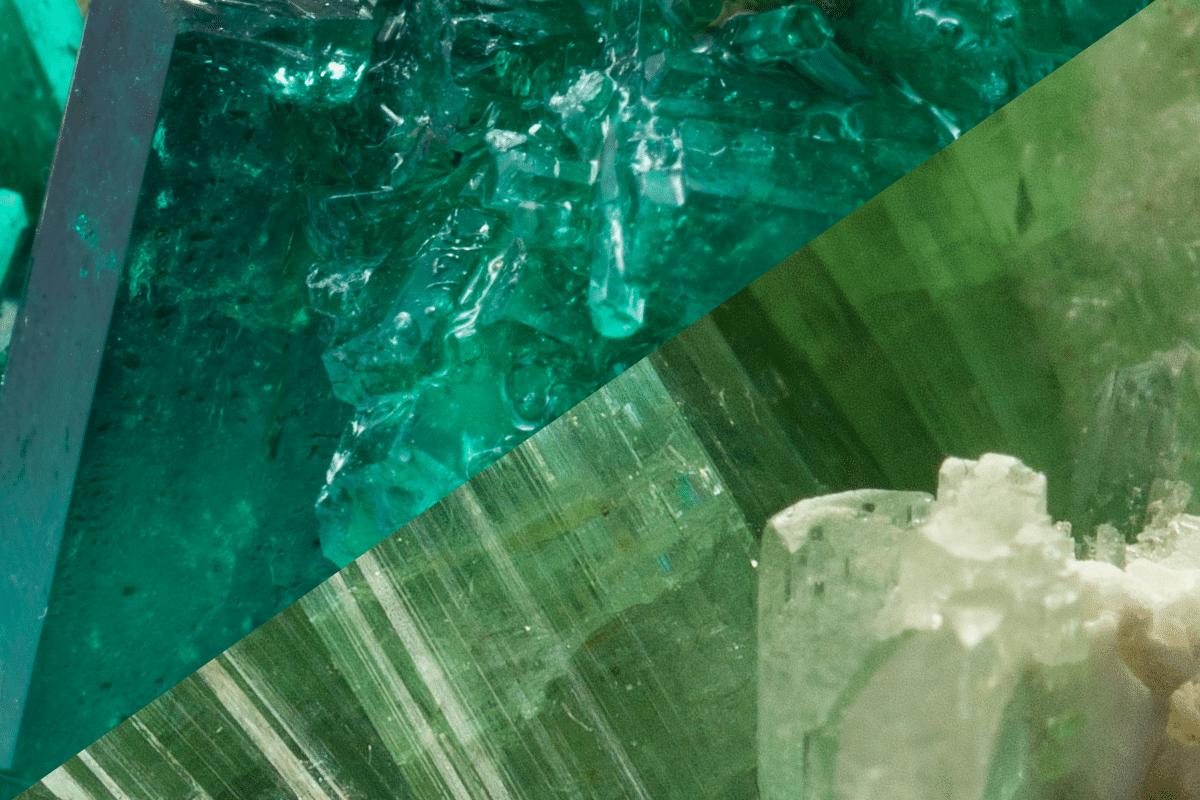

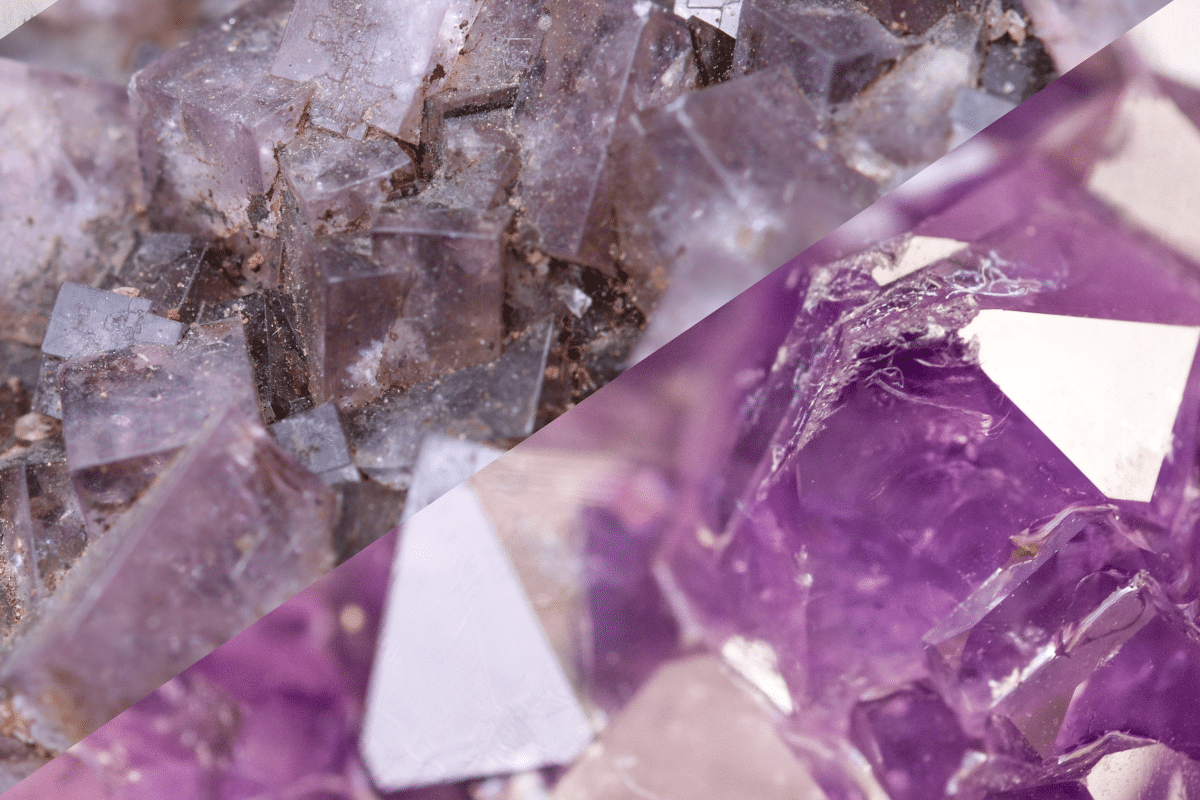
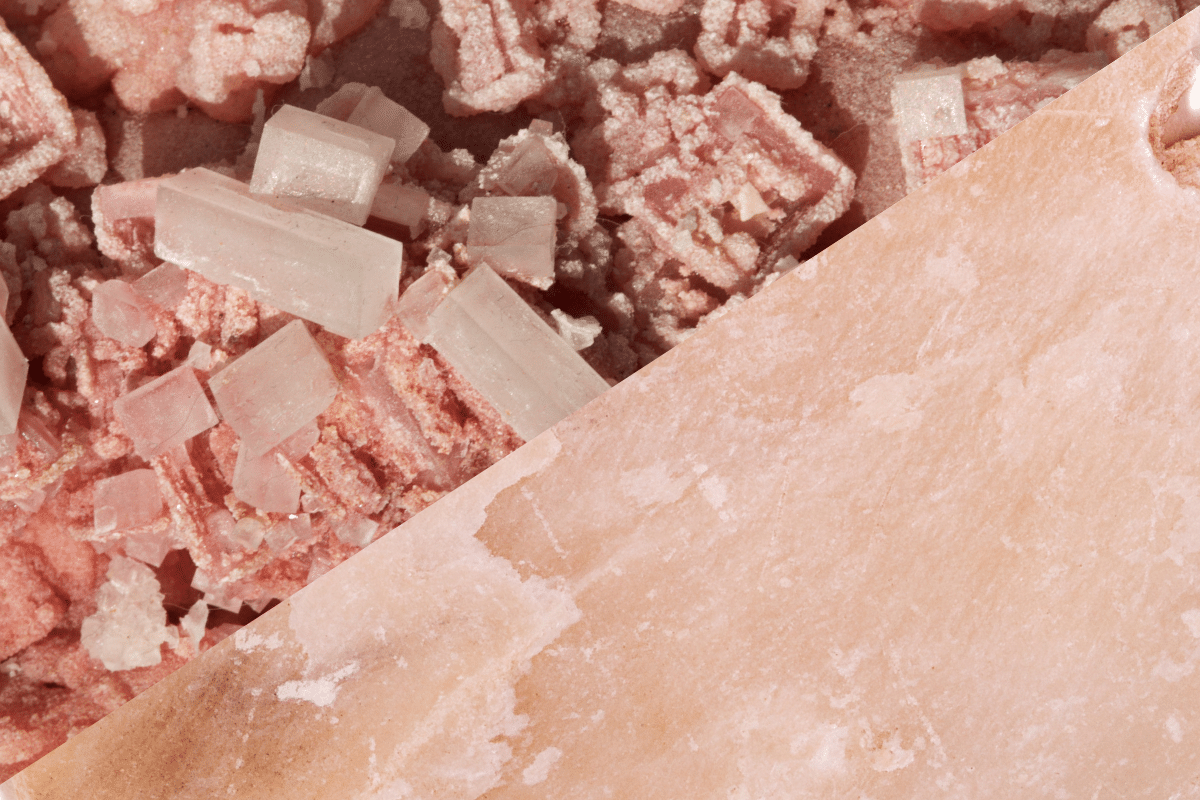
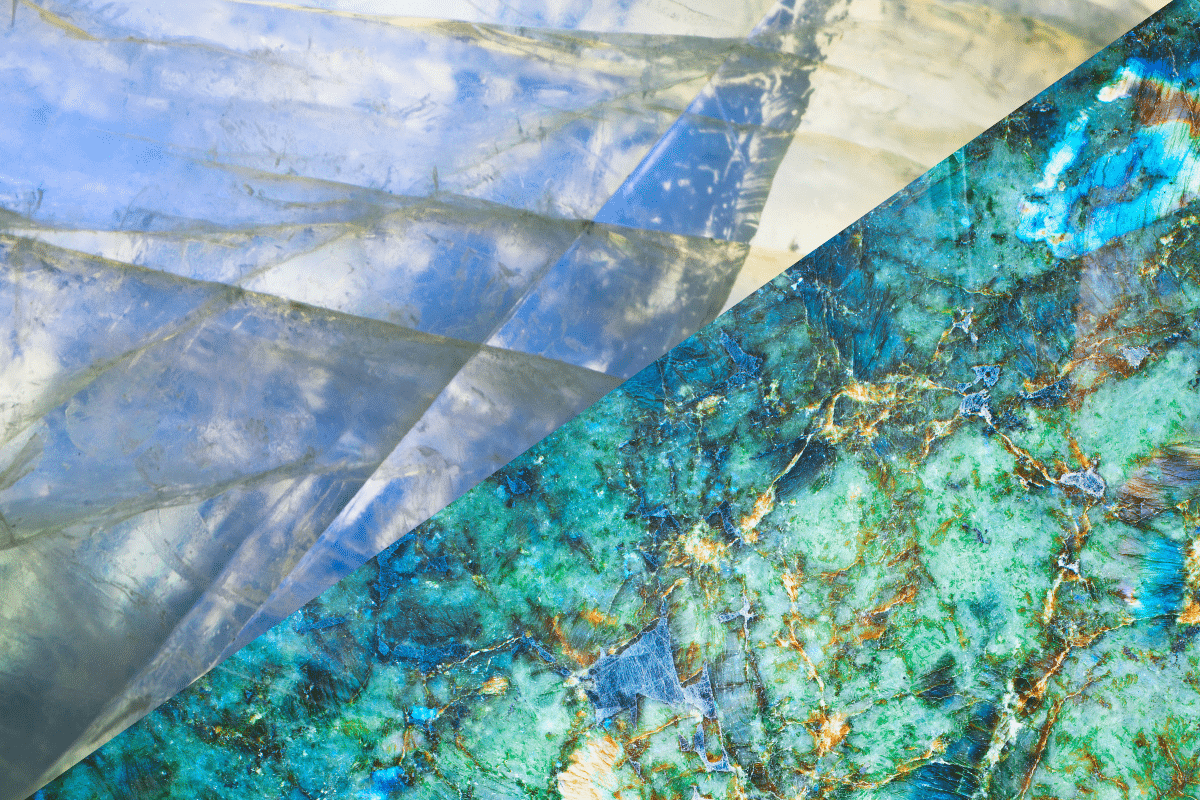
4 Comments